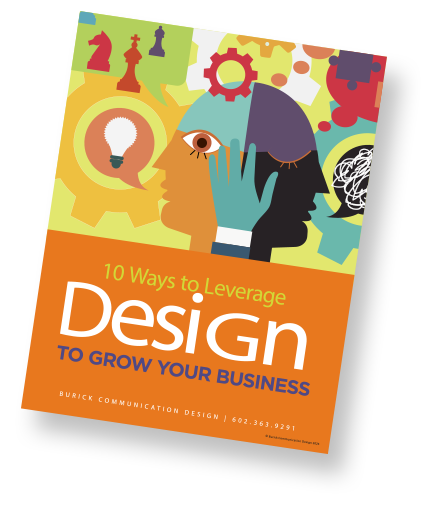
10 Essential Steps to Launch a Website
Successful marketing communications projects, particularly the launch of a website or microsite, require significant advance planning as well as the appropriate creative input, technology, and metrics.
While each project may demand an emphasis on different aspects, our design firm has found the following steps to include the essential best practices whether working directly with a B2B client, a Corporate Marketing Department or Agency Outsource Partner. Note also that steps 2 through 10 must include client review, input, and approval at the appropriate time, before proceeding to the next step — which might be the most critical of those best practices.
Step 1: The process starts by conducting a Q&A with client stakeholders to explore and inform a deeper understanding of the company, market and audience. Gather the information needed to frame the conversation and develop the strategic direction.
Step 2: Next, you need to define goals and expectations and develop a design brief (including search engine optimization and link-building strategies) before beginning any creative work. In addition to looking at the history of the current website or marketing efforts, perform a SWOT (strengths, weaknesses, opportunities, threats) analysis. Client review and approval.
Step 3: Now it’s time to create the brand story and content development text outline using the initial Q&A and SWOT information; working headlines and leads help give shape to messaging. Your focus here is to clearly communicate “what we do,” “what we’ve done,” “what our clients say” and “what we say.” Client review and approval.
Step 4: At this point, conceptual development and transformation of text message outline into a visual prototype or wireframe. Grey boxes indicate images and horizontal lines indicate text areas, while navigation and other visual and functional elements are represented by basic shapes. Client review and approval.
Step 5: Once the wireframe is approved by the client, it needs to be refined with UX (user experience) criteria, and designed for ease of navigation and intuitive flow of information. Client review and approval.
Step 6: Design and create multiple visual home page concept design choices, including draft copy, imagery and color palette. (The “look and feel” should prioritize the four items defined in step 3.) Client review, input and selection of final direction as visual brand aesthetic.
Step 7: Develop secondary pages based on the “winning” design, including color palette, suggested images and headlines, and subheads. Body copy should be written concurrently, and reviewed and approved before incorporation into site design. (It’s far easier to make changes during the word processing stage than once the text has been laid out.) Client review and input.
Step 8: With all copy approved, text can now be incorporated into the page layouts, executed as static PDF or JPG pages for presentation to the client for review and input.
Step 9: Upon client approval of static website pages, there are two possible tracks, depending on whether front-end-only design is required, or if the site will have be fully developed with back-end database functionality by the design firm:
- Track A. Develop basic CSS/JavaScript code with minimal functionality to view navigation, links, tool tips, modal windows, drop-down menus, etc., in a browser. Then transfer all the necessary, fully functional HTML files to the corporate IT department for completion and integration with proprietary systems such as ordering, scheduling, billing, etc.
- Track B. This is the same process as “A,” except all site development is handled by the design agency: integrating full, working functionality, including content management systems (CMS), analytics, social media, SEO and marketing automation capabilities. This would include access to a “hidden URL” for client preview of the website before testing and uploading it to an ISP for the public launch.
Step 10: Inevitably, there will still be a few tweaks to be made after launch. A professional website team will stand behind its work, covering any “bug” fixes required over a defined period, such as the first 30 days. An ongoing maintenance agreement for software, design and SEO management can be cost-effective insurance against any unexpected changes in search algorithms or operating system updates.
Website technologies have come a long way in the past 15 years, and new tools hit the market on an ongoing basis. Even so, the principles and best practices above have remained largely consistent, because successful marketing communications campaigns still require a methodical, customer-centric approach—regardless of the technologies used to deliver them.
Do these 10 steps align with your processes for a successful launch? Based on your experience, are there other best practices you’d add?
Join the conversation about visual design and branding with thousands of highly effective marketers like you by following me on Twitter.

























